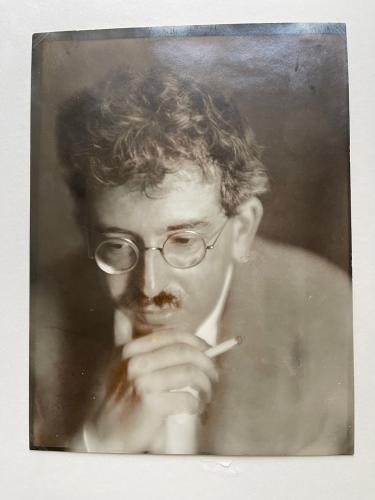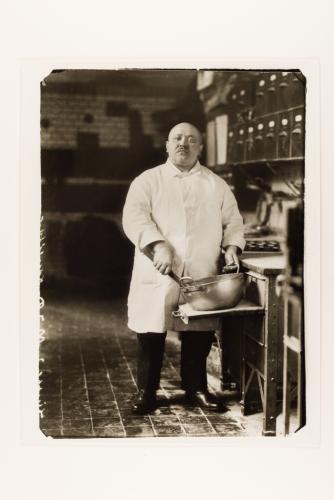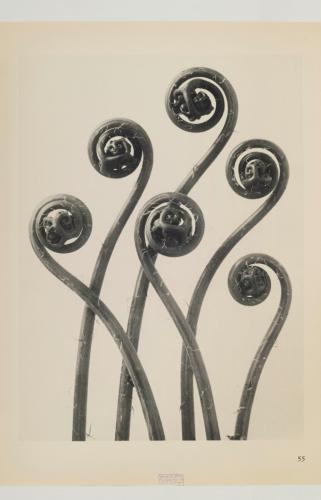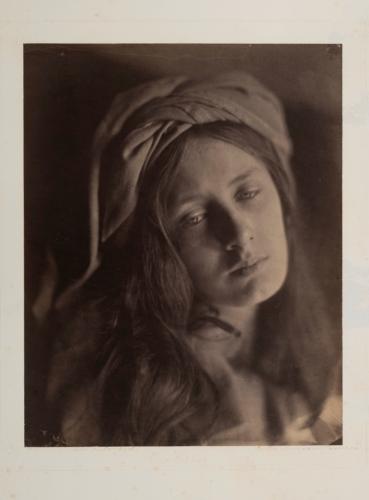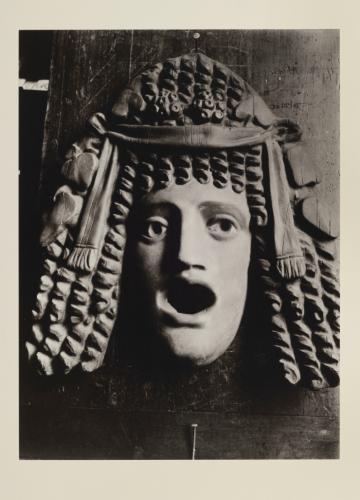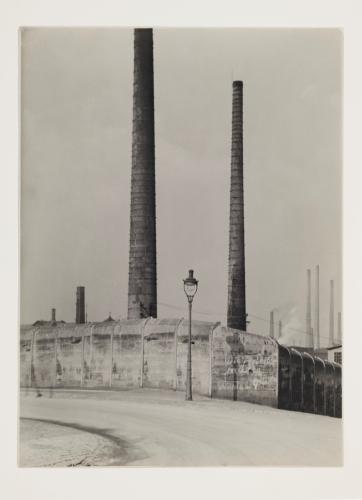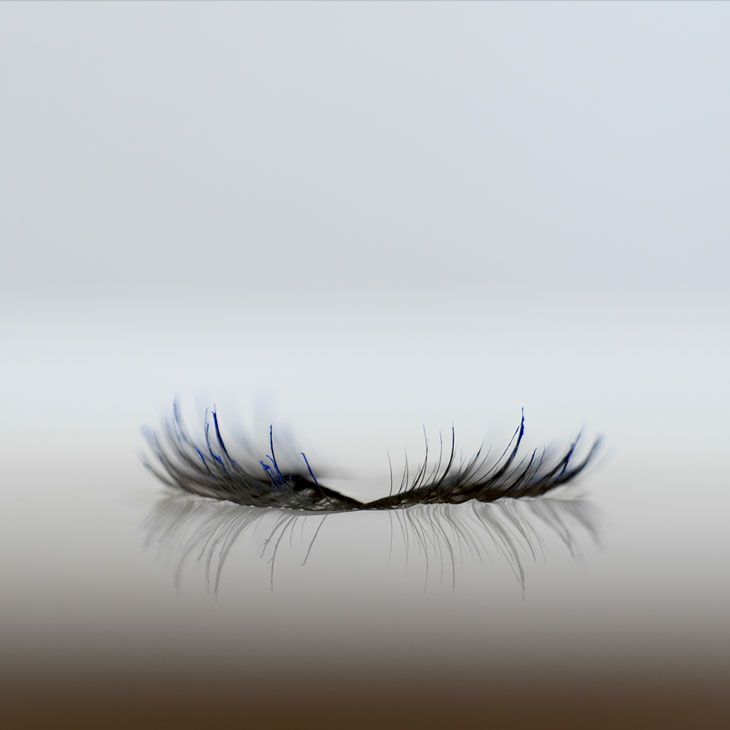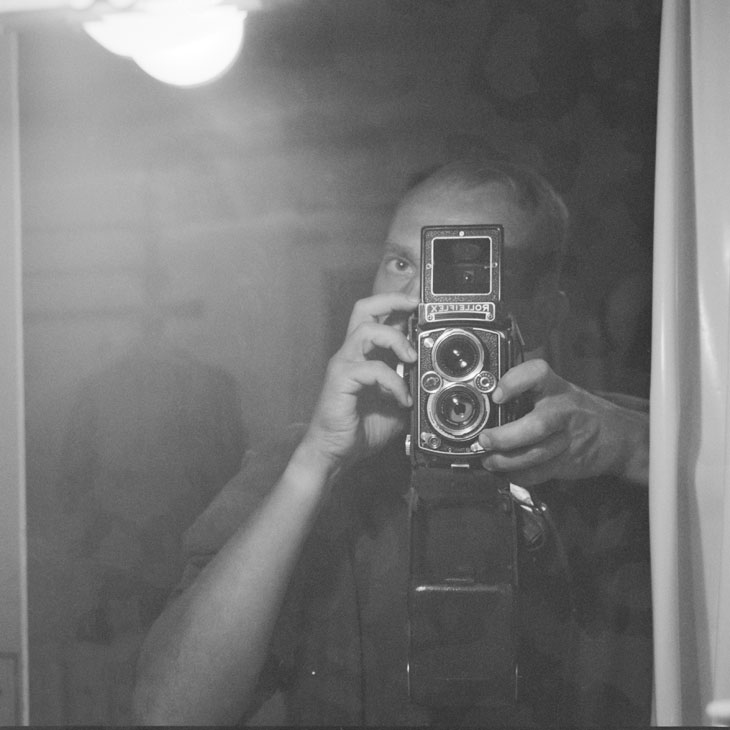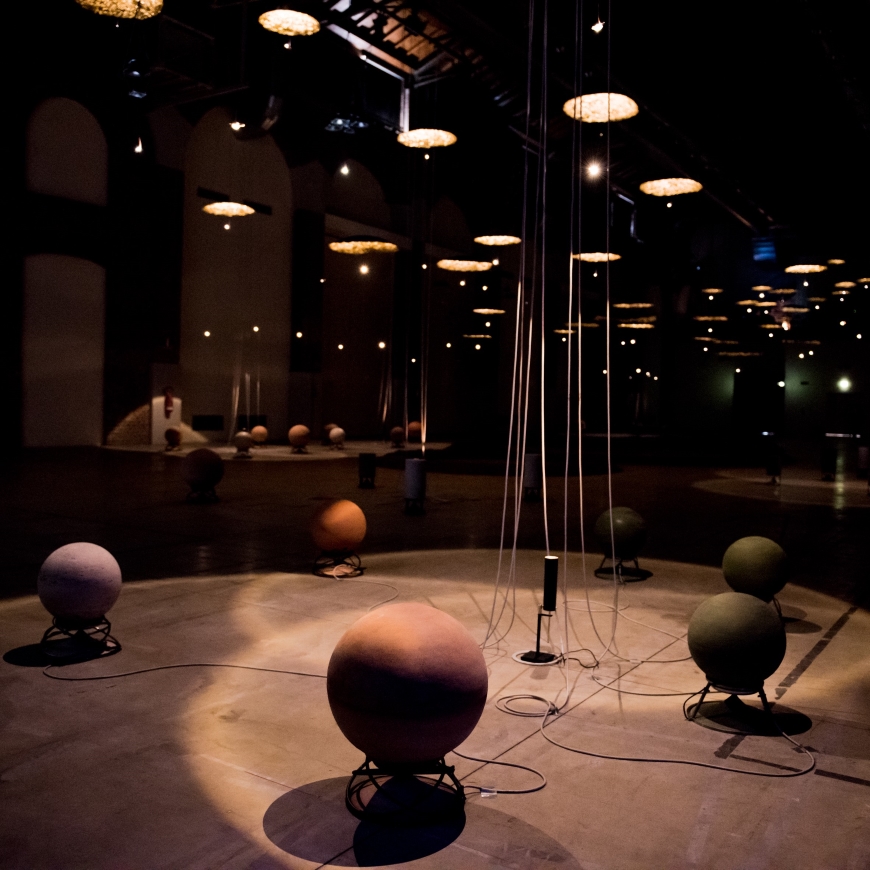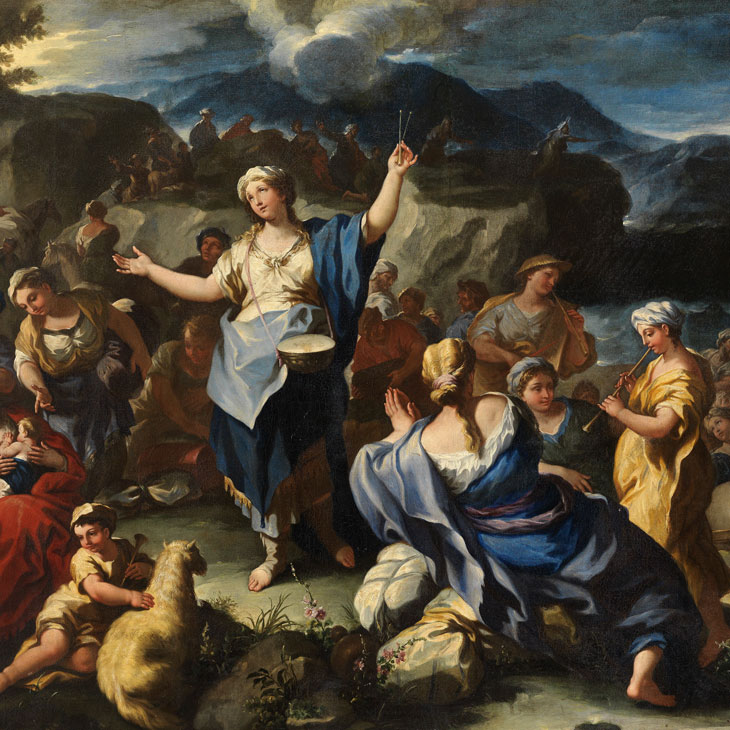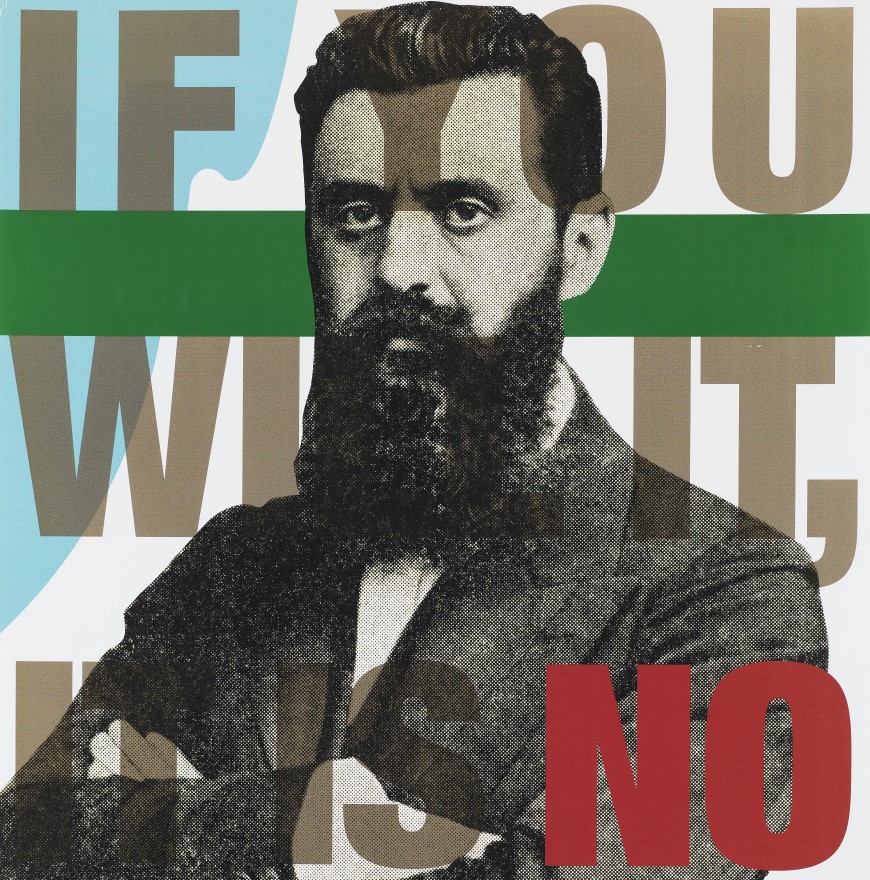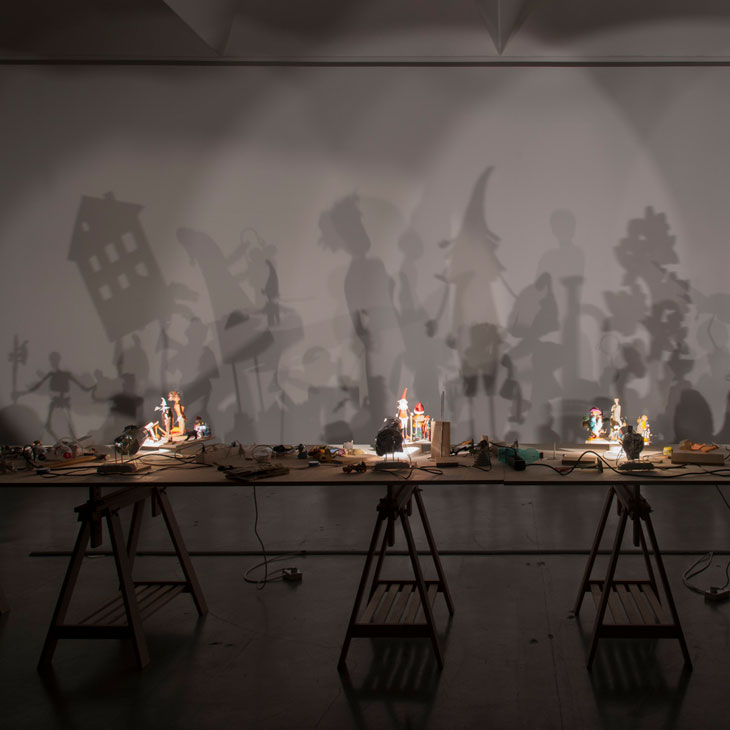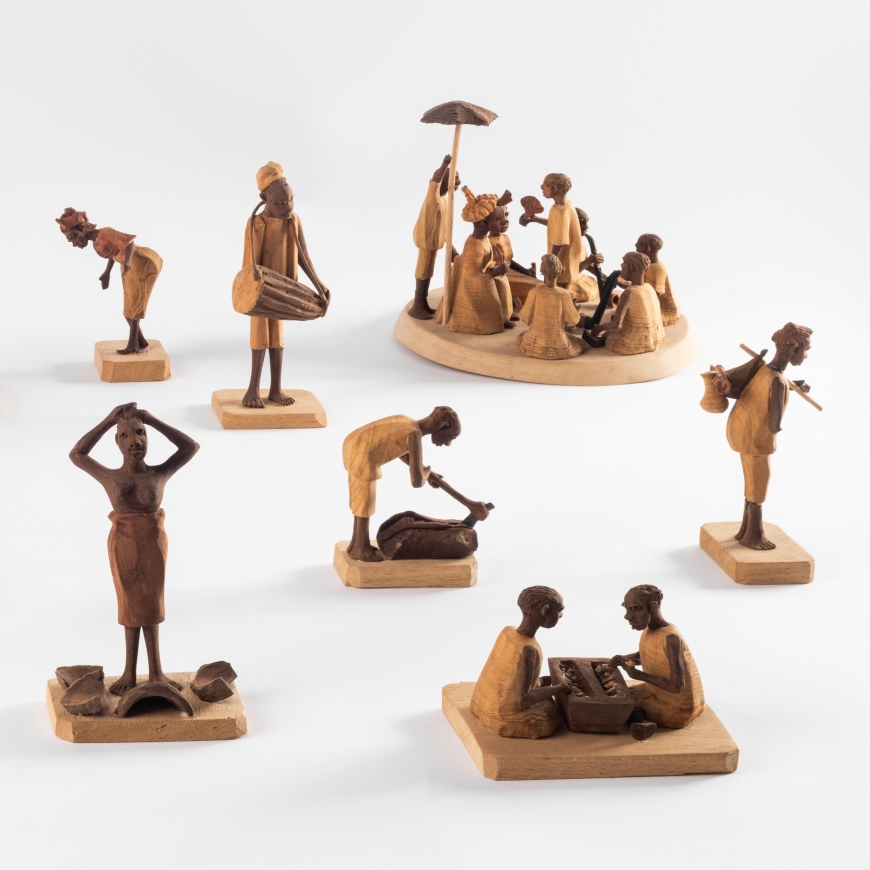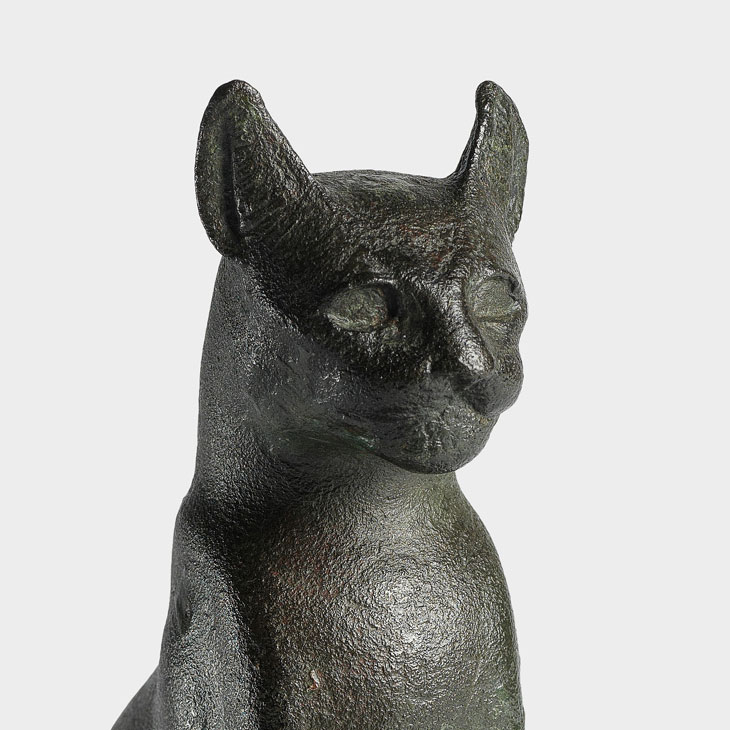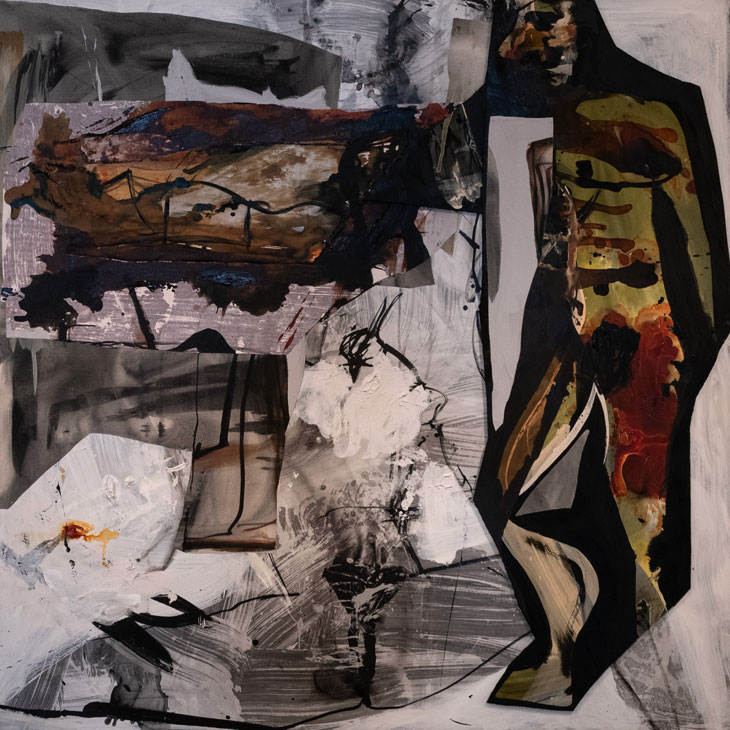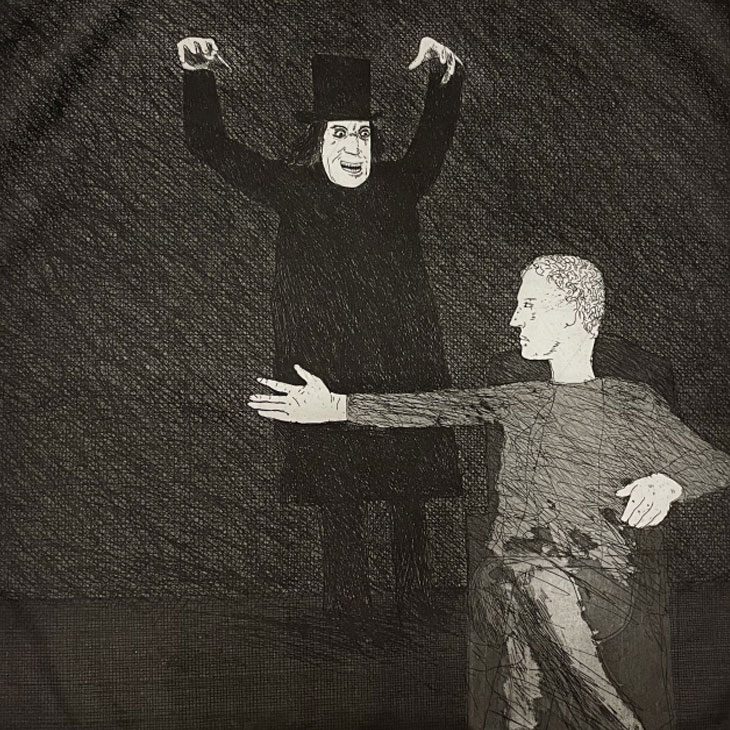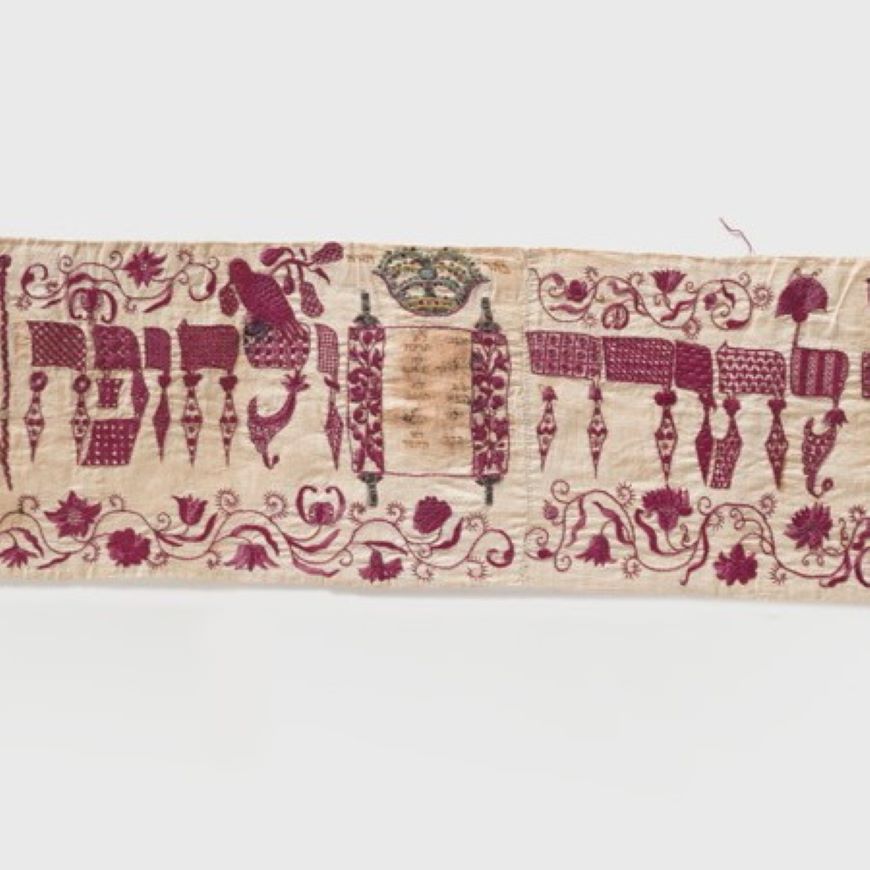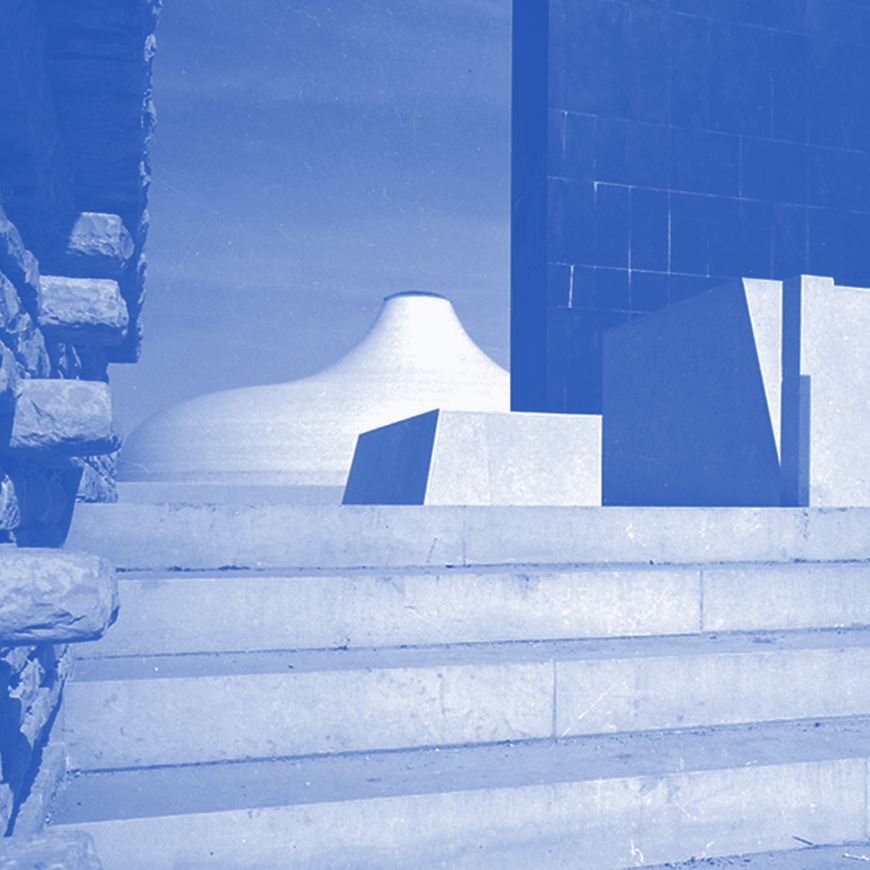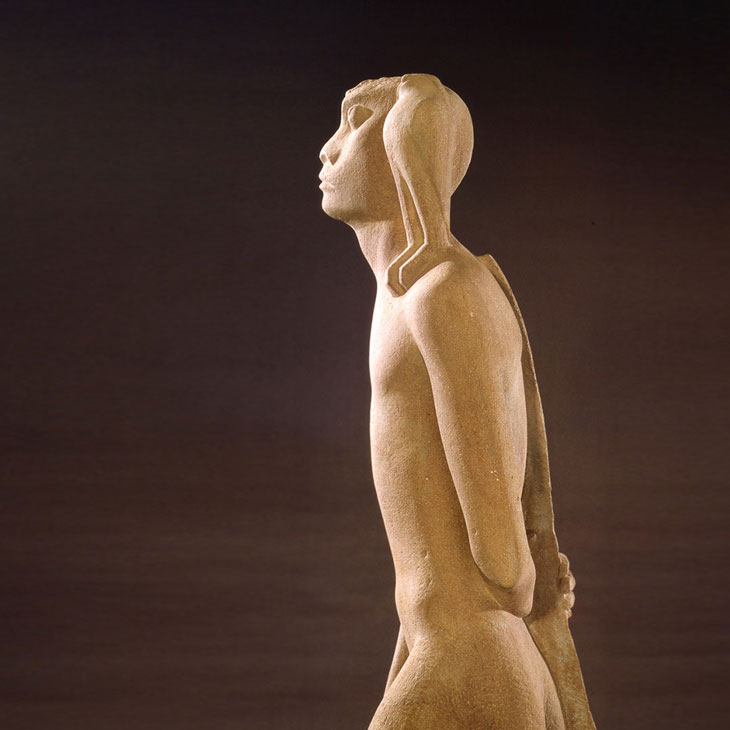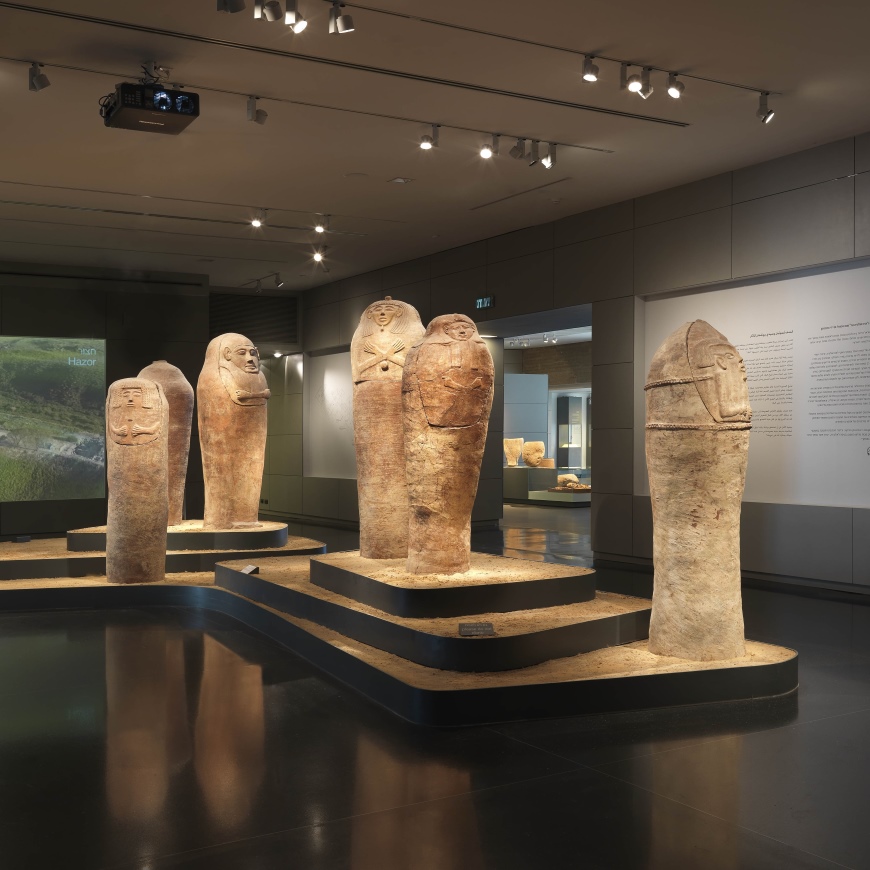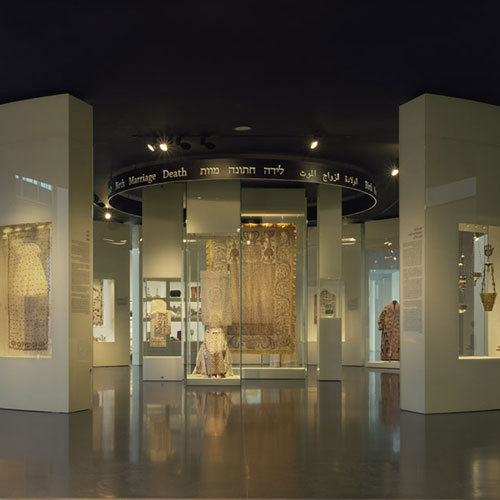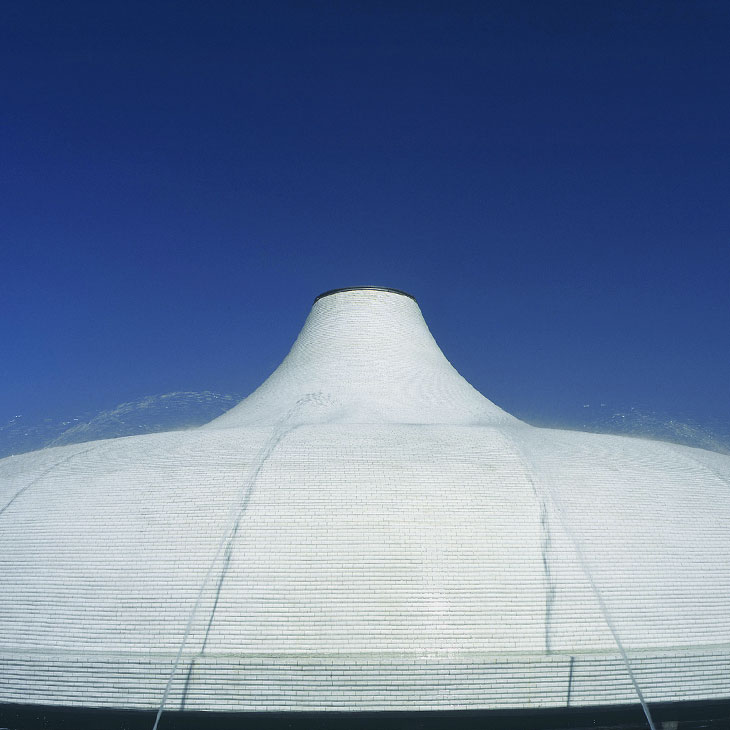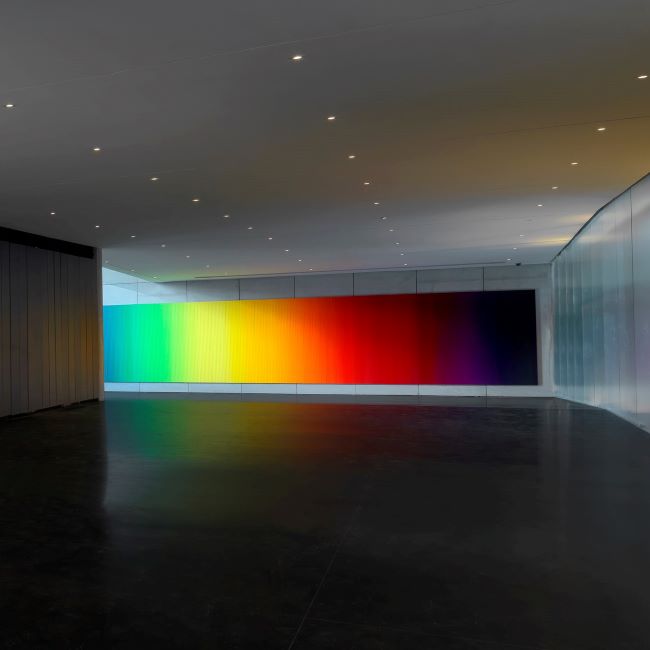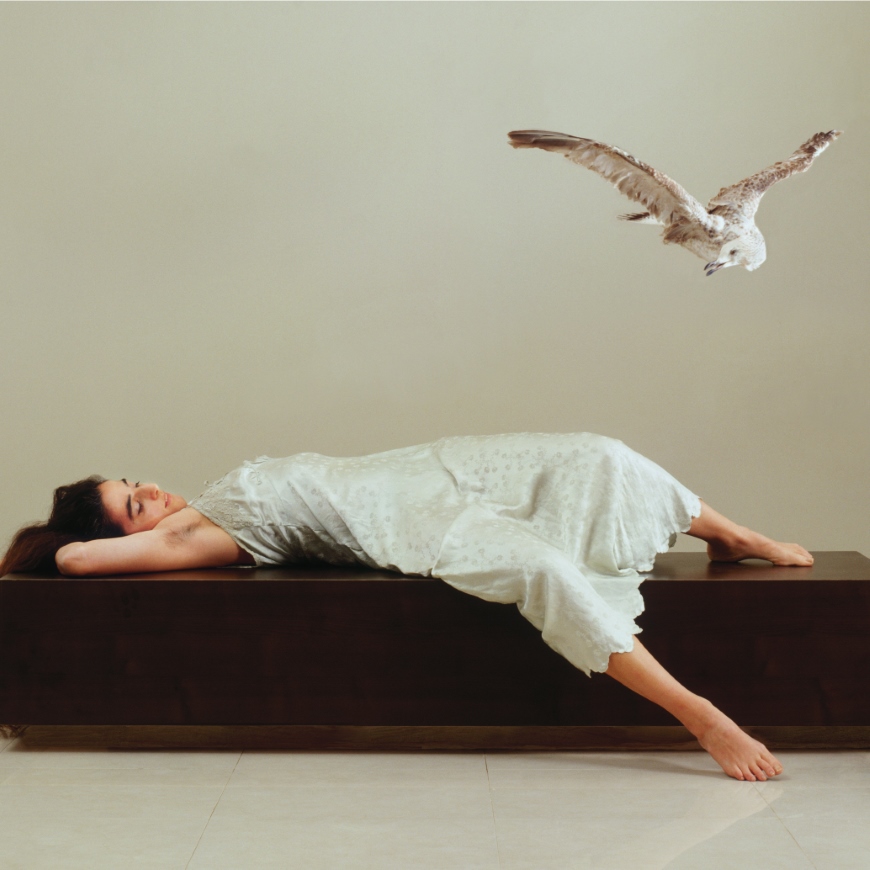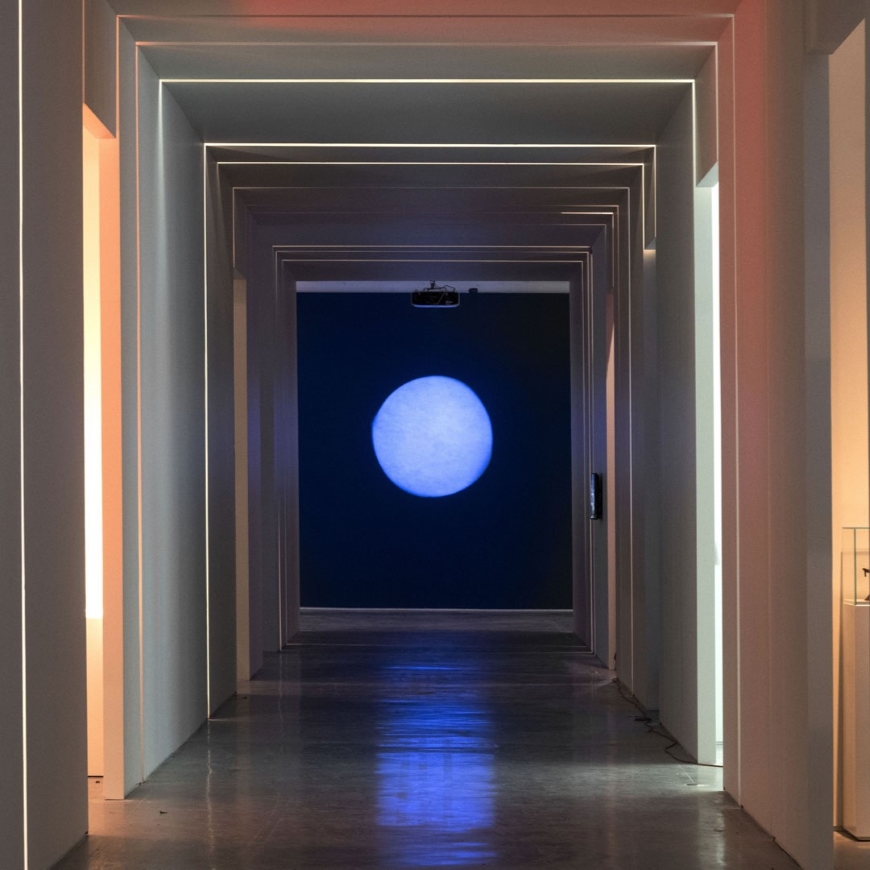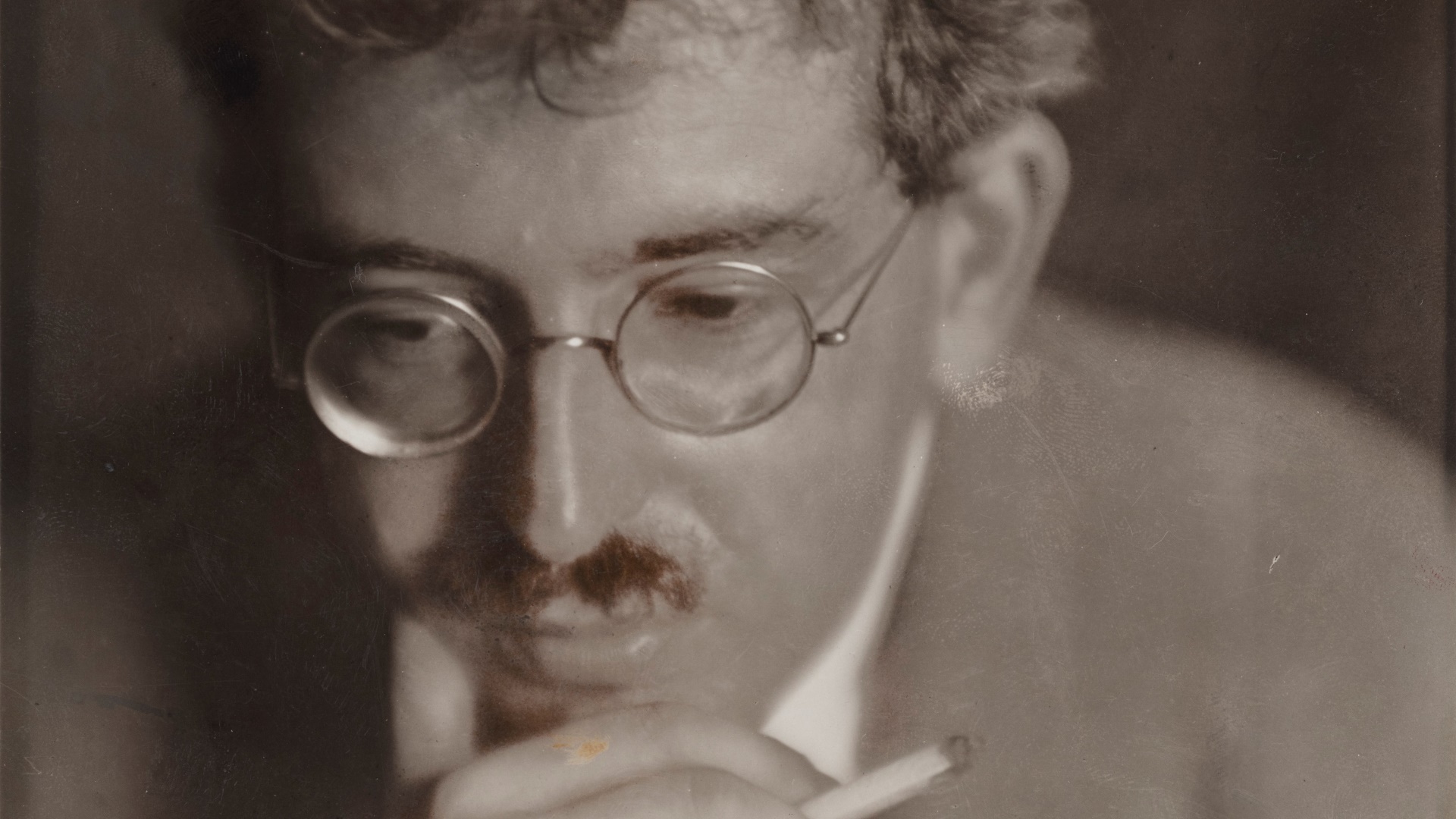
In Pictures: Walter Benjamin’s Little History of Photography
From the IMJ Collection
-
August 9 2023 - March 5 2024
Curator: Gilad Reich
Designer: Libat Eden
-
Billy Rose Pavilion
Perhaps more than any other text, Little History of Photography by the German-Jewish thinker Walter Benjamin (1892–1940) has shaped the way in which we understand early photography and the photographic act. One of the first theoretical studies of visual culture, this text laid the foundation for modern cultural criticism. Instead of regarding the artwork as a unique object, Benjamin emphasized the political and artistic potential of a new technology based on endless reproduction. In this text he introduced key concepts which were later developed in his most influential essay, “The Work of Art in the Age of Mechanical Reproducibility” (1935).
Benjamin’s insights arose from his examination of albums and books about photography that came out in the 1920s and early 1930s. In September–October 1931 he published three short essays in a German literary journal, under the same title he would use when they appeared in book form: Kleine Geschichte der Photographie – Little History of Photography. The text was accompanied by a few images, which he had only seen as printed reproductions.
The Israel Museum is fortunate that in its rich holdings of 19th- and early 20th-century photography, every practitioner mentioned by Benjamin is represented. Bringing together works and seminal books by all of them, this exhibition offers a unique opportunity to immerse ourselves in Benjamin’s visual sources along with his ideas. Here we can see objects that are fully original – although he himself, thinking of the camera’s implications, wrote about an “age of reproducibility.”
Watch the video
- May 01
- May 01
- Apr 26May 02May 03May 09May 10May 16May 17May 23May 24May 30May 31
- May 03May 10May 17May 24May 31
- Apr 21Apr 24Apr 28May 05May 08May 12May 15May 19May 22May 26May 29
- Apr 21Apr 28May 05May 12May 19May 26
- Apr 21Apr 24Apr 28May 05May 08May 12May 15May 19May 22May 26May 29
- Apr 22May 06
- May 06May 27
- May 06
- May 06
- May 06Jun 10
- May 08May 15May 22May 29
- May 08May 15May 15May 22May 29
- May 08May 15May 22May 29
- May 08
- Apr 24May 08May 15May 22May 29
